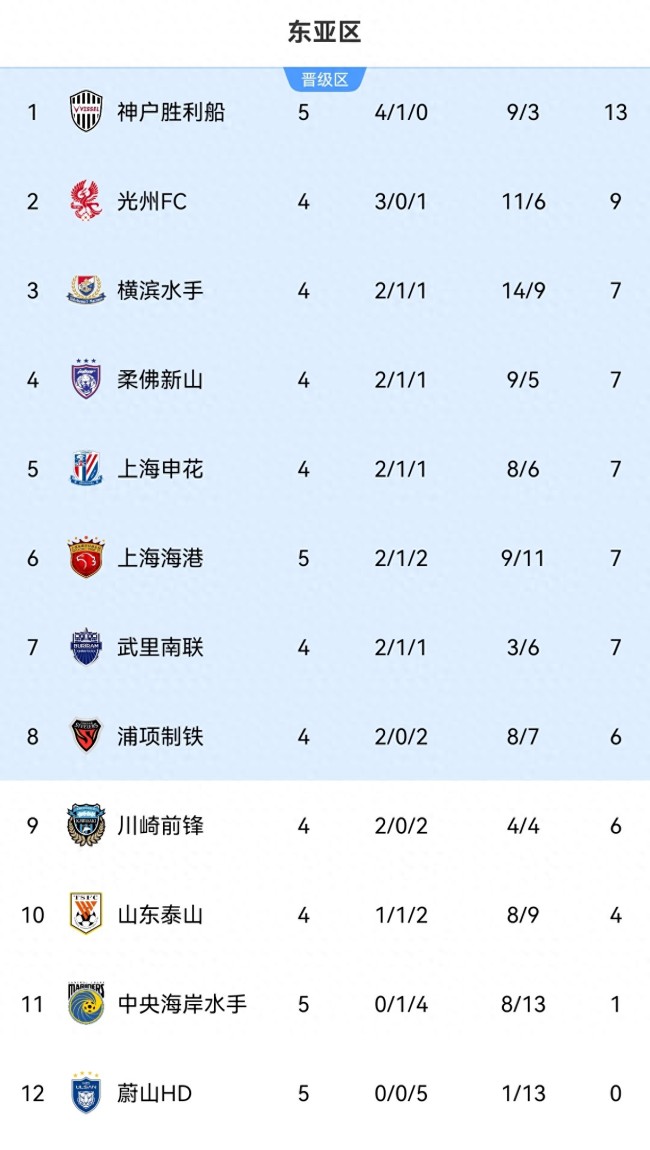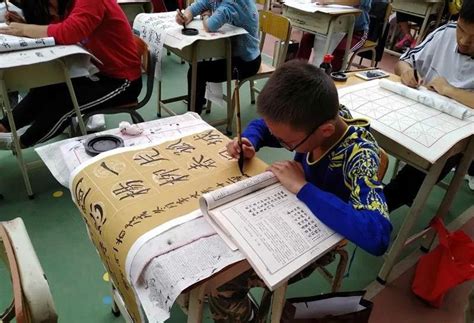比较文学论文选题参考
Title: Comparative Analysis of Literary Works
Introduction:
In this comparative analysis, we will examine and compare the themes, characters, and narrative styles in two influential literary works: Book A and Book B. By delving into the similarities and differences between these works, we can gain a deeper understanding of their respective contexts and explore the significance of their contribution to the field of literature.
I. Background and Contextual Overview:
Provide a brief introduction to Book A and its author
Discuss the historical and cultural context in which Book A was written
Introduce Book B and its author
Highlight the sociopolitical climate during the time of Book B's publication
II. Comparative Analysis of Themes:
a) Theme A:
Identify and analyze the portrayal of Theme A in Book A
Examine the underlying messages conveyed through the depiction of Theme A
Compare and contrast Book A's treatment of Theme A with Book B's approach
b) Theme B:
Explore the representation of Theme B in Book A
Analyze the significance and implications of Theme B in the narrative
Contrast the portrayal of Theme B in Book A with Book B's perspective
III. Comparative Analysis of Characters:
a) Protagonist:
Introduce the protagonist of Book A
Examine the character development and motivations of the protagonist
Compare the role and characteristics of the protagonist with the main character in Book B
b) Supporting Characters:
Identify key supporting characters in Book A and their roles in the narrative
Analyze the relationships between the protagonist and supporting characters
Discuss the similarities and differences between the supporting characters in Book A and Book B
IV. Comparative Analysis of Narrative Styles:
a) Writing Techniques:
Explore the literary devices employed by the authors of Book A and Book B
Analyze the impact of these techniques on the reader's experience
Compare the narrative styles, such as the use of symbolism, imagery, or foreshadowing
b) Structure:
Discuss the narrative structure of Book A and its effect on the storytelling
Examine the organization and pacing in Book B
Compare the use of flashbacks, multiple perspectives, or parallel storylines in the two works
V. Conclusion:
Summarize the key findings from the comparative analysis
Reflect on the significance of the similarities and differences between Book A and Book B
Offer insights into the broader implications of these works on literature as a whole
In conclusion, this comparative analysis aims to provide a comprehensive examination of the themes, characters, and narrative styles in Book A and Book B. By considering their similarities and differences, we can gain a deeper understanding of these works and their impact on literary discourse.











